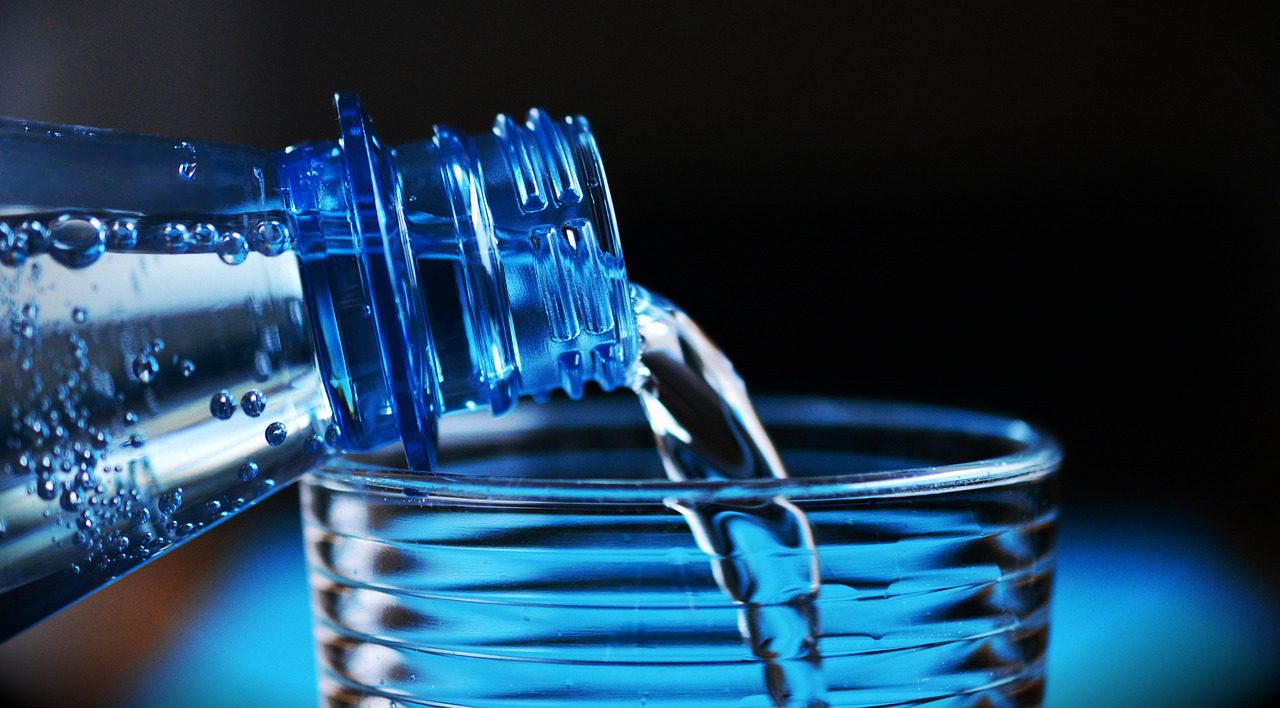March 21, 2023 — Later this year, California’s water officials will start testing the level of microplastics in drinking water sources, becoming the first state in the nation to do so.
Microplastics are small pieces of plastic debris, typically smaller than 5 millimeters in size. They are a pervasive form of pollution found in marine environments, freshwater systems, soil, and even the air. Microplastics can originate from a variety of sources, including the breakdown of larger plastic waste, the shedding of fibers from synthetic clothing during washing, the use of plastic microbeads in personal care products, and the fragmentation of plastic materials due to weathering and other environmental factors.
Microplastics are of concern due to their potential impact on ecosystems and human health. They can be ingested by a wide range of organisms, including plankton, fish, birds, and mammals, which can lead to physical harm or interfere with their feeding and reproduction. Microplastics can also act as carriers for other pollutants and pathogens, increasing the risk of exposure to harmful substances. There is growing concern about the potential for microplastics to enter the human food chain and accumulate in bodies, although the long-term health implications of this exposure are not yet fully understood.
According to the Water Education Foundation , “The State Water Resources Control Board has approved standardized testing methods and is courting laboratories to process samples before the world’s first microplastics monitoring program begins in late 2023. Meanwhile major water agencies tapped for the first round of testing are gathering resources, figuring out how to take samples and readying public messaging strategies in case microplastics turn up in streams and reservoirs.”
, “The State Water Resources Control Board has approved standardized testing methods and is courting laboratories to process samples before the world’s first microplastics monitoring program begins in late 2023. Meanwhile major water agencies tapped for the first round of testing are gathering resources, figuring out how to take samples and readying public messaging strategies in case microplastics turn up in streams and reservoirs.”
The focus will be surface water sources of water.
The first policy handbook adopted by the State Water Board was approved in 2022.
adopted by the State Water Board was approved in 2022.
The Foundation reports that three times the amount of microplastics are present in bottled water than in tap water , and notes that many of the microplastics are removed from municipal water deliveries through reverse osmosis and other treatments.
, and notes that many of the microplastics are removed from municipal water deliveries through reverse osmosis and other treatments.


I have a feeling this is gonna be big. Testing microplastics is going to lead to the discovery of a few more pertinent issues. That is my suspicion. I suspect other states will get on board when data starts coming in.